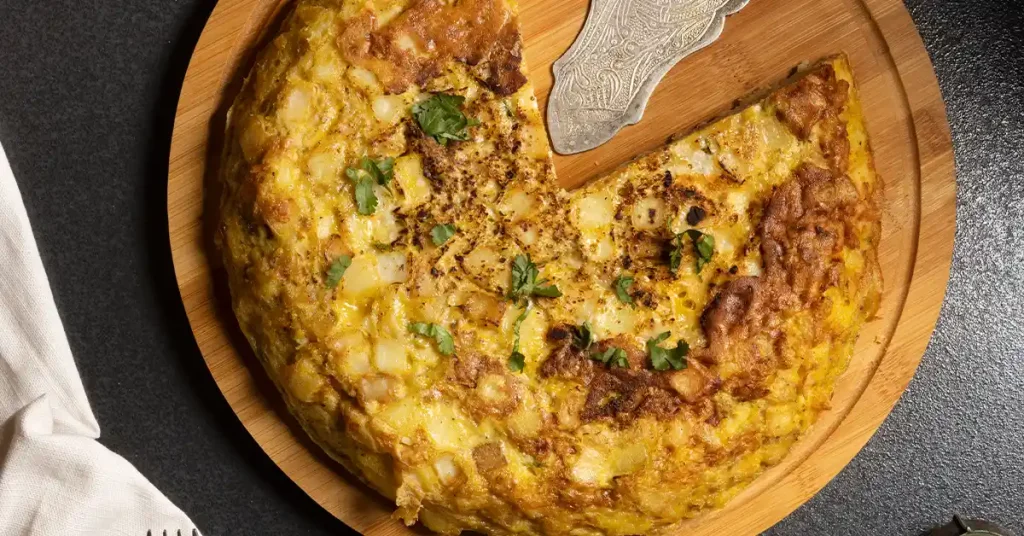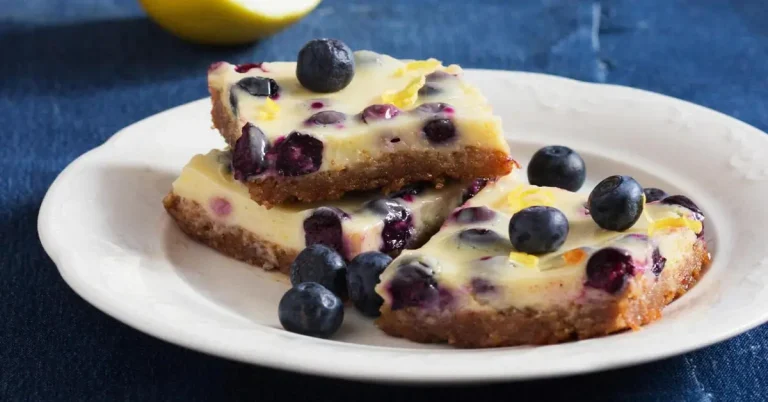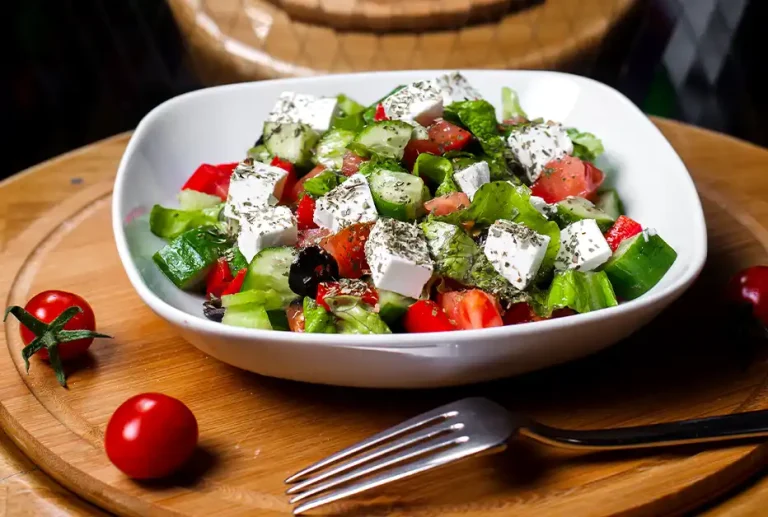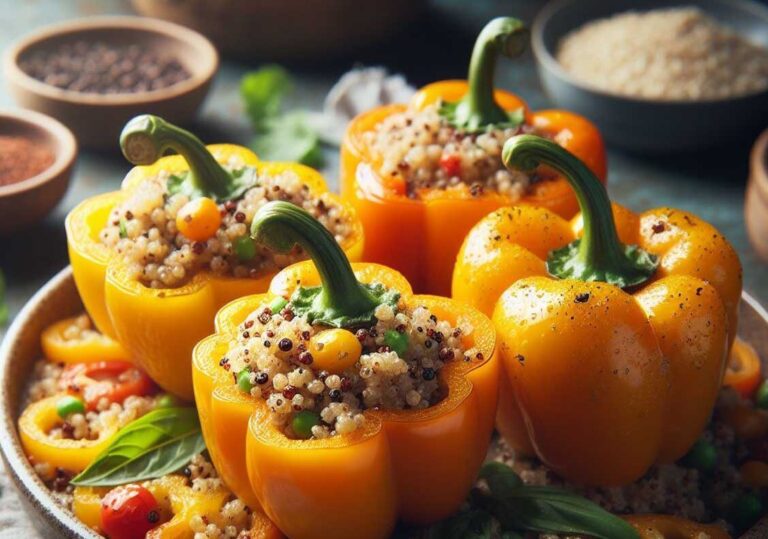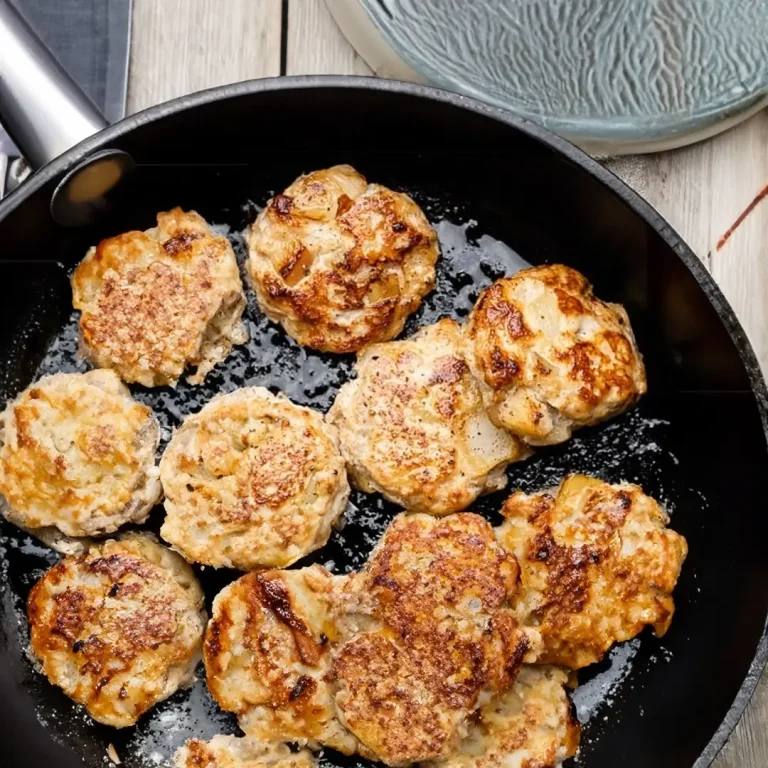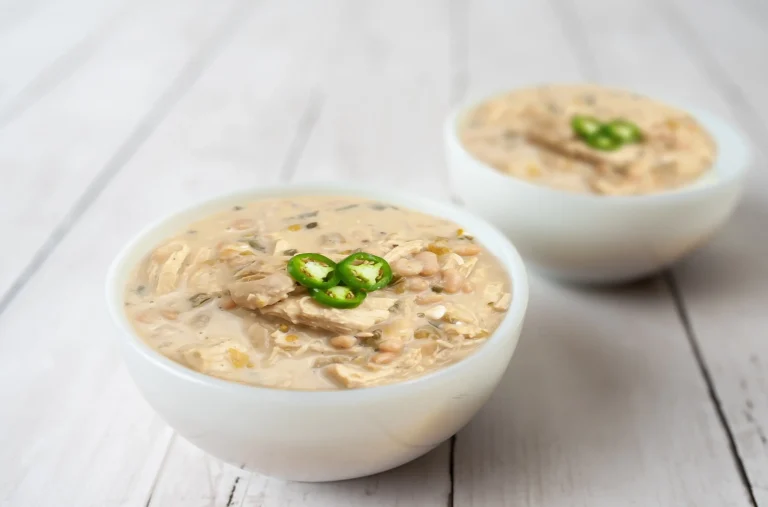Keto Chicken Pot Pie stands as a beacon of comfort food, masterfully reimagined for those on a ketogenic diet. This dish cleverly swaps traditional, carb-laden components for keto-friendly alternatives, ensuring the soul of this beloved comfort meal remains intact while adhering to the dietary guidelines of low-carb, high-fat nutrition.
The Rise of Keto Comfort Foods
In the wake of the keto diet’s burgeoning popularity, a culinary revolution has taken place, transforming classic dishes into keto-compliant delights. The Keto Chicken Pot Pie shines brightly among these, offering a guilt-free rendition that sacrifices neither flavor nor texture. This culinary innovation is a testament to the adaptability of keto cuisine, providing a pathway for individuals to indulge in their favorite dishes without straying from their dietary goals.
Benefits of Keto Chicken Pot Pie
Integrating Keto Chicken Pot Pie into one’s diet brings benefits that extend beyond simple compliance with keto principles. Primarily, it is laden with high-quality fats and proteins, pivotal for sustaining energy levels and supporting muscular health. Furthermore, by incorporating nutrient-rich, low-carb vegetables, this dish ensures the intake of essential vitamins and minerals, all while managing carbohydrate consumption.
Additionally, Keto Chicken Pot Pie exemplifies how comfort food can be both delectable and healthful, facilitating adherence to the keto lifestyle without feelings of deprivation. This dish demonstrates that, through creativity, any high-carb favorite can be transformed into a keto-friendly culinary masterpiece.
As we transition to the next segment, we will explore the ingredients and substitutions that render this dish a keto favorite, underscoring the flexibility and innovation inherent in keto cooking.
Ingredients and Substitutions
Creating a Keto Chicken Pot Pie requires a thoughtful selection of ingredients and substitutions to maintain its low-carb integrity while delivering the comforting taste and texture of the traditional version. Here, we outline the essential components and the clever swaps that make this dish a keto-friendly delight.
Key Ingredients for the Crust and Filling
For the Crust:
- Almond Flour or Coconut Flour: These flours serve as the base, offering a low-carb alternative to traditional wheat flour.
- Xanthan Gum: This gluten-free thickening agent helps mimic the texture of a classic pie crust.
- Butter or Coconut Oil: Adds richness and helps bind the crust, with options to suit dairy-free diets.
For the Filling:
- Chicken: Cooked and diced, chicken breast or thigh provides a high-protein base.
- Low-Carb Vegetables: Think celery, mushrooms, and zucchini, chopped into bite-sized pieces for a nutritious filling.
- Heavy Cream or Coconut Cream: For creaminess, with a dairy-free option available.
- Cheese (optional): Shredded cheddar or a dairy-free alternative can add depth of flavor.
Keto-Friendly Substitutions
- Arrowroot Powder for Thickening: A lower-carb alternative to cornstarch, used sparingly.
- Dairy-Free Alternatives: Nutritional yeast and dairy-free cheese can replace traditional cheese, offering the umami and creamy texture without the lactose.
- Herbs and Spices: Fresh or dried herbs like thyme, rosemary, and garlic powder add layers of flavor without adding carbs.
Transitioning to the preparation phase, these ingredients come together in a symphony of taste and texture, proving that keto adaptations can indeed stand shoulder to shoulder with their traditional counterparts. Next, we will guide you through the step-by-step cooking instructions to bring this keto culinary masterpiece to life.
Step-by-Step Cooking Instructions
Crafting a Keto Chicken Pot Pie from scratch involves a series of simple yet precise steps. By following this guide, you’ll create a dish that’s not only satisfying and delicious but also compliant with a ketogenic lifestyle.
Preparing the Crust
- Combine Dry Ingredients: In a large bowl, mix together your choice of almond or coconut flour with xanthan gum and a pinch of salt. This blend forms the foundation of your keto crust.
- Incorporate Fat: Cut in cold butter or coconut oil until the mixture resembles coarse crumbs. This step is crucial for achieving a flaky texture.
- Add Moisture: Slowly mix in cold water, a tablespoon at a time, until a dough forms. Be mindful not to overwork the dough to keep it tender.
- Chill: Wrap the dough in plastic wrap and refrigerate for at least 30 minutes. Chilling makes the dough easier to handle and helps prevent it from falling apart during rolling.
- Roll and Pre-Bake: Roll the dough between two pieces of parchment paper to your desired thickness, then fit it into your pie dish. Pre-bake the crust at a low temperature to set its shape.
Making the Filling
- Sauté Vegetables: In a large skillet, melt butter over medium heat. Add your choice of low-carb vegetables and sauté until they’re just soft.
- Add Protein: Stir in the cooked, diced chicken, blending it with the vegetables.
- Create the Sauce: Pour in heavy or coconut cream, adding arrowroot powder to thicken the mixture. Stir continuously to prevent lumps.
- Season: Incorporate herbs and spices, adjusting according to taste. This step infuses the filling with rich, comforting flavors.
- Combine: Once the sauce thickens, remove it from heat and let it cool slightly before pouring it into the pre-baked crust.
Assembling and Baking the Pot Pie
- Fill the Crust: Spoon the filling into the crust evenly, spreading it out to cover the base.
- Top It Off: If desired, roll out a second piece of dough for the top crust. Place it over the filling, sealing the edges by crimping them with a fork.
- Bake: Place the pie in a preheated oven and bake until the crust is golden and the filling is bubbly.
- Cool and Serve: Let the pie cool for a few minutes before serving. This resting period allows the filling to set, making it easier to slice.
By adhering to these steps, you’ll produce a Keto Chicken Pot Pie that’s both nourishing and indulgent, perfectly aligning with a ketogenic diet without sacrificing the comforting essence of this classic dish. Transitioning seamlessly, our next section will delve into the nutritional information, highlighting the macronutrient breakdown and the importance of such meals in a keto diet.
Nutritional Information
Understanding the nutritional profile of a Keto Chicken Pot Pie is crucial for those meticulously tracking their macronutrient intake to stay within the ketogenic diet’s guidelines. This section breaks down the macronutrients and discusses the importance of each in maintaining a balanced keto diet.
Macronutrient Breakdown
A typical Keto Chicken Pot Pie is rich in fats, moderate in protein, and low in carbohydrates, aligning perfectly with the keto diet’s macronutrient ratios. Here’s a closer look:
- Fats: The primary energy source on a keto diet, fats in this dish come from sources like butter, heavy cream, and possibly cheese. These ingredients not only add richness and flavor but also help you feel satiated.
- Proteins: Chicken serves as the main protein source, essential for muscle repair and growth. The amount of chicken used can be adjusted based on individual protein needs.
- Carbohydrates: Low-carb vegetables and keto-friendly flour alternatives keep the carb count minimal, ensuring the dish supports ketosis. The exact carb content can vary based on the specific ingredients and amounts used.
Importance of Tracking Macros on a Keto Diet
For individuals on a ketogenic diet, monitoring macronutrient intake is vital to ensure the body remains in a state of ketosis, where it burns fat for fuel instead of carbohydrates. Here’s why each macronutrient is important:
- Fats: Consuming adequate fats is essential for energy and to support cell growth and hormone production. However, the focus should be on healthy fats to promote overall well-being.
- Proteins: While important, it’s crucial to consume protein in moderation on a keto diet, as excessive protein can be converted into glucose, potentially interrupting ketosis.
- Carbohydrates: Limiting carbs is fundamental to the keto diet. Staying within the recommended carb intake range is crucial for maintaining ketosis and achieving desired weight loss or health outcomes.
Incorporating dishes like Keto Chicken Pot Pie into your diet can make adhering to these macronutrient ratios more enjoyable and sustainable. By understanding the nutritional content of your meals, you can ensure they contribute positively to your dietary goals, making your keto journey both successful and satisfying.
Customization Ideas
The beauty of Keto Chicken Pot Pie lies in its versatility, allowing for numerous customizations to cater to various dietary preferences and restrictions. Whether you’re aiming to incorporate more vegetables, avoid certain allergens, or simply experiment with flavors, there’s plenty of room for creativity.
Variations for Different Dietary Needs
Dairy-Free Options
- Replace Butter with Coconut Oil: For those avoiding dairy, coconut oil is a fantastic substitute for butter in both the crust and the filling.
- Use Coconut Cream: Swap out heavy cream for coconut cream to achieve a similar creamy texture without dairy.
Nut-Free Crust Alternatives
- Sunflower Seed or Sesame Flour: For individuals with nut allergies, these flours can replace almond or coconut flour in the crust.
- Flaxseed Meal: A nut-free option that also adds extra fiber to the dish.
Adding More Vegetables
- Low-Carb Vegetables: Incorporate spinach, kale, or broccoli for added nutrients and color. These vegetables blend seamlessly into the filling, enhancing its flavor and nutritional profile.
- Mushroom Varieties: Experiment with different types of mushrooms, such as portobello or shiitake, for a deeper umami flavor.
Tips for Altering Flavors
Spice It Up
- Add Heat: Introduce red pepper flakes or diced jalapeños to the filling for a spicy kick.
- Herb Infusions: Fresh herbs like parsley, dill, or basil can add a fresh, vibrant flavor to the pie.
Experiment with Proteins
- Alternative Proteins: Consider using turkey, beef, or even tofu as the protein base for a different flavor profile.
- Seafood Variation: For a pescatarian twist, replace chicken with salmon or shrimp, adjusting cooking times accordingly.
By embracing these customization ideas, you can tailor your Keto Chicken Pot Pie to suit any taste or dietary requirement, making it a versatile dish that never gets boring. The ability to modify and experiment ensures that this keto-friendly comfort food can be enjoyed by everyone, regardless of their dietary preferences.
Next, we’ll provide storage and reheating tips to ensure your Keto Chicken Pot Pie remains delicious and satisfying, even as leftovers.
Storage and Reheating Tips
Ensuring your Keto Chicken Pot Pie remains as delicious on the second day as it was fresh out of the oven involves proper storage and reheating techniques. These tips will help maintain the pie’s texture and flavor, making leftovers something to look forward to.
Best Practices for Storing Leftovers
Refrigeration
- Cool Down: Allow the pot pie to reach room temperature before storing to prevent condensation, which can make the crust soggy.
- Airtight Container: Transfer the pie to an airtight container or wrap it tightly in plastic wrap or aluminum foil to keep it fresh and prevent it from absorbing other flavors in the fridge.
- Duration: Properly stored, the Keto Chicken Pot Pie can last in the refrigerator for up to 3-4 days.
Freezing
- Freeze Individually: If you plan to freeze the pot pie, consider slicing it into portions. This way, you can thaw and reheat individual servings as needed.
- Wrap Well: Use freezer-safe wrap or containers to protect against freezer burn. Label with the date to keep track of how long it’s been stored.
- Thawing: For best results, thaw overnight in the refrigerator before reheating.
How to Reheat for the Best Taste and Texture
Oven Method
- Preheat: Warm your oven to 350°F (175°C). This gentle reheating method helps preserve the crust’s texture.
- Cover: Cover the pot pie with aluminum foil to prevent the crust from burning while allowing the filling to heat thoroughly.
- Baking Time: Reheat for 15-20 minutes or until the filling is hot and bubbly. If reheating individual slices, adjust the time accordingly.
Microwave Method
- Short Intervals: If you’re in a hurry, the microwave can be used, but heat in short intervals of 30 seconds to avoid overheating, which can affect the texture.
- Moisture: Place a damp paper towel over the slice to prevent the crust from becoming too hard.
By following these storage and reheating tips, your Keto Chicken Pot Pie will remain a comforting and convenient meal option, ready to enjoy whenever the craving strikes. This attention to detail ensures that every bite, whether fresh or reheated, is as satisfying as the last.
Transitioning seamlessly, our next section will address common mistakes to avoid when preparing Keto Chicken Pot Pie, guiding you towards perfecting this dish with each attempt.
Common Mistakes to Avoid
When crafting a Keto Chicken Pot Pie, certain pitfalls can detract from the final dish’s quality and enjoyment. Awareness of these common mistakes can significantly enhance your cooking process, ensuring a delightful outcome every time.
Overworking the Dough
The Issue:
- Over-mixing the dough can lead to a tough crust rather than the desired flaky texture. This is because overworking develops the gluten (or gluten substitute in keto recipes), which should be minimal in pie crusts.
The Solution:
- Mix the dough just until it comes together. It’s okay if it looks a bit shaggy; this is actually preferable for achieving a tender crust.
Not Pre-Cooking the Filling Properly
The Issue:
- Rushing the filling preparation can result in uneven cooking or a filling that’s too liquidy, affecting the pie’s structure and taste.
The Solution:
- Sauté the vegetables until they’re just soft, and ensure the chicken is fully cooked before combining them with the thickening agent and cream. Allow the mixture to thicken on the stove before adding it to the crust.
Ignoring Seasoning Adjustments
The Issue:
- Underseasoning can leave your pot pie tasting bland, while overseasoning can overpower the delicate balance of flavors.
The Solution:
- Taste your filling as you cook, adjusting the seasoning with salt, pepper, and herbs to suit your palate. Remember, it’s easier to add more seasoning than to correct an overly salted dish.
Skipping the Resting Time After Baking
The Issue:
- Cutting into the pot pie immediately after baking can cause the filling to spill out, as it hasn’t had time to set.
The Solution:
- Allow the pie to rest for at least 10-15 minutes after removing it from the oven. This waiting period lets the filling thicken further, ensuring clean slices.
By steering clear of these common missteps, you’re well on your way to creating a Keto Chicken Pot Pie that’s as satisfying to make as it is to eat. Each piece of advice here is aimed at enhancing your culinary experience, ensuring that your efforts in the kitchen lead to a dish that delights in every aspect.
Next, we will delve into the FAQs section, addressing common queries related to Keto Chicken Pot Pie, and providing you with additional insights to perfect your keto cooking skills.
FAQs
When it comes to preparing Keto Chicken Pot Pie, several questions frequently arise. This section aims to address those queries, providing clarity and additional tips to ensure your culinary success.
Can I Make This Pot Pie Dairy-Free?
Yes. To make a dairy-free Keto Chicken Pot Pie, substitute the butter with coconut oil or a dairy-free butter alternative. Use coconut cream in place of heavy cream, and opt for dairy-free cheese or nutritional yeast for a cheesy flavor without the dairy.
How Can I Make a Nut-Free Keto Crust?
For those with nut allergies, a coconut flour crust is a fantastic alternative. Remember, coconut flour is highly absorbent, so you’ll need to adjust the amount of liquid in the recipe. A general guideline is to use about 1/4 cup of coconut flour for every 1 cup of almond flour called for in the original recipe.
What Are the Best Low-Carb Vegetables for This Recipe?
Choosing low-carb vegetables is key to keeping this dish keto-friendly. Excellent options include:
- Celery and Mushrooms: These add texture and flavor without contributing too many carbs.
- Zucchini: Offers a mild taste and can bulk up the filling without adding significant carbs.
- Spinach: A great way to incorporate greens, as it wilts down and blends seamlessly into the filling.
Can I Freeze Keto Chicken Pot Pie?
Absolutely. Keto Chicken Pot Pie freezes well. For best results, cool the pie completely, then slice it into portions if desired. Wrap each portion tightly in plastic wrap and then aluminum foil, or place in a freezer-safe container. When ready to enjoy, thaw overnight in the refrigerator and reheat in the oven or microwave.
Is It Possible to Make This Pot Pie Vegetarian?
Yes, you can easily adapt this recipe for a vegetarian diet by substituting the chicken with a low-carb plant-based protein, such as tofu or tempeh. Ensure to press and marinate your choice of protein to infuse it with flavor before adding it to the pie filling.
By addressing these frequently asked questions, we hope to have provided valuable insights and tips to enhance your Keto Chicken Pot Pie experience. Whether you’re navigating dietary restrictions or simply seeking to perfect your pot pie, these answers aim to guide you towards creating a dish that meets your needs and exceeds your expectations.
Recipe Tips
- Umami Boost: Add nutritional yeast or tamari for a deeper, savory taste.
- Chill the Dough: Refrigerate dough for flakier crust and easier handling.
- Fresh Herbs Finish: Garnish with fresh parsley or thyme for flavor and color.
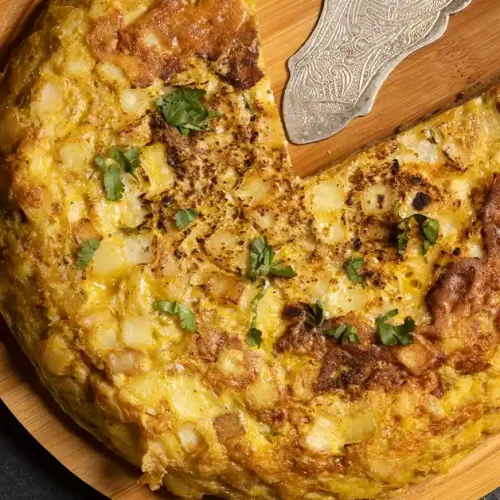
Keto Chicken Pot Pie
Ingredients
- 2 lbs boneless skinless chicken thighs, cooked and shredded
- 2 tablespoons olive oil
- 1 cup celery chopped
- 1 cup carrots diced
- 1/2 cup onion finely chopped
- 2 cloves garlic minced
- 1 cup broccoli florets
- 1/4 cup almond flour
- 2 cups chicken broth
- 1 cup heavy cream
- 1 teaspoon dried thyme
- Salt and pepper to taste
- 1 batch keto pie crust pre-made or homemade
Instructions
- Preheat the oven to 375°F (190°C).
- In a large skillet, heat olive oil over medium heat. Add celery, carrots, onion, and garlic. Sauté until vegetables are tender.
- Stir in almond flour and cook for 1-2 minutes.
- Gradually add chicken broth and heavy cream, stirring constantly until the mixture thickens.
- Add shredded chicken, broccoli, dried thyme, salt, and pepper. Mix well.
- Roll out the keto pie crust and line a pie dish with it. Pour the chicken mixture into the crust.
- Cover the filling with another layer of pie crust, sealing the edges. Cut slits on the top for ventilation.
- Bake for 30-35 minutes or until the crust is golden brown.
- Allow the keto chicken pot pie to cool for a few minutes before serving.
Notes
- Consider adding a sprinkle of fresh herbs like chopped parsley or thyme over the golden crust just before serving for a burst of freshness.
- For a delightful crunch, lightly toast some sliced almonds and scatter them atop your pie.

